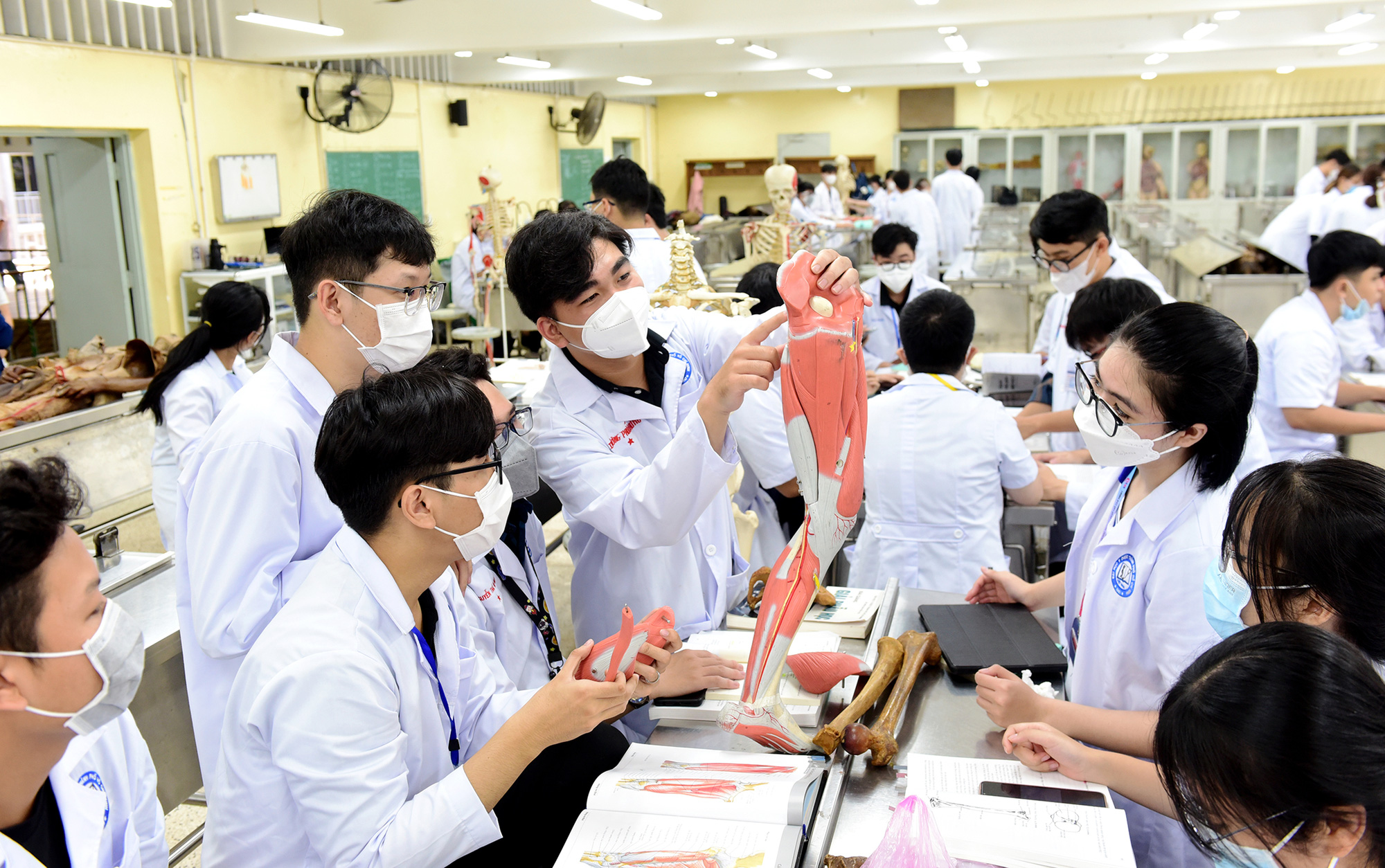
Students of Ho Chi Minh City University of Medicine and Pharmacy during class. This is a prestigious medical and pharmaceutical training facility, gaining the trust of society - Photo: DUYEN PHAN
The demand for human resources in the health sector is also increasing, making medicine a "hot" industry, with many schools massively training students with low entrance scores. This makes the public worried about the quality of medical training, which is directly related to human health. Tuoi Tre quotes opinions of experts and people on related issues.
Dr. Tran Thanh Tung (Deputy Head of Pharmacology Department, Hanoi Medical University):
Indulgence will have big consequences

Dr. Tran Thanh Tung
Through my training experience at Hanoi Medical University and several other medical universities over the past 20 years, I have found that students with a solid foundation of knowledge in natural sciences, in addition to good English and French skills, can become good doctors. As the old saying goes, "You need flour to make paste." If the incoming students are not good, no matter how good the teachers are, they cannot train them to have good output. These students cannot absorb knowledge, are not focused in their studies, and are afraid of contact with patients...
If we are lenient in granting training licenses and recruiting medical students, it will lead to serious consequences in the future. We should focus on the quality of medical training instead of the current quantity. Doctors are a special profession because they are the ones who take care of the health of the whole population. To have doctors who are "both good and professional", there needs to be a systematic selection and training process, and a suitable treatment regime.
In addition, most of the private medical schools are new, and the teaching staff is not enough to train doctors. Sometimes they have to invite more people to have a "framework" to be licensed to train. These schools have to hire lecturers from outside schools to come and teach. Meanwhile, to hire qualified lecturers, it is necessary to have a reasonable budget. This way of doing things is often unstable and the quality is not guaranteed.
Lack of laboratory conditions and practice facilities for medical students will lead to unsatisfactory output. For medical students, practicing in a good environment with a good team of lecturers will play a very important role in practicing medicine and saving lives after graduation.
Doctor Nguyen Huu Tung (permanent vice president of Ho Chi Minh City Private Medical Practitioners Association):
Focus on facilities

Doctor Nguyen Huu Tung
Currently, many schools open majors or schools specialize in training in health sectors but do not really care about quality. Many schools charge tuition fees for operation and management, so they mainly focus on quantity but do not care much about quality. Some schools even cannot sign practice contracts for students at hospitals. The reason is that hospitals do not have enough human resources to guide because there are too many students, causing inconvenience to patients, some hospitals sign for policy and diplomacy.
One teacher cannot teach 40-50 students, which leads to students graduating without the ability to diagnose and treat patients. I have interviewed many doctors: "How many patients did you examine during your internship?" Many doctors said that they rarely examined patients because there were too many interns. A student who has read for 10 years cannot become a doctor if he cannot approach patients, because the medical profession must practice clinically.
The quality of medical training in Vietnam is still very low compared to other countries in the world. We need to focus on investing in training. In particular, we need to pay attention to facilities, pre-clinical practice facilities, and internship facilities... Schools that want to train in medicine must ensure their own practice facilities. In some countries in the world, some schools only enroll about 100 students, but they invest heavily in each student.

Candidates learn about schools and majors before university and college admissions season - Photo: NAM TRAN
Associate Professor Do Van Dung (former vice principal of Ho Chi Minh City University of Medicine and Pharmacy):
Must meet many conditions
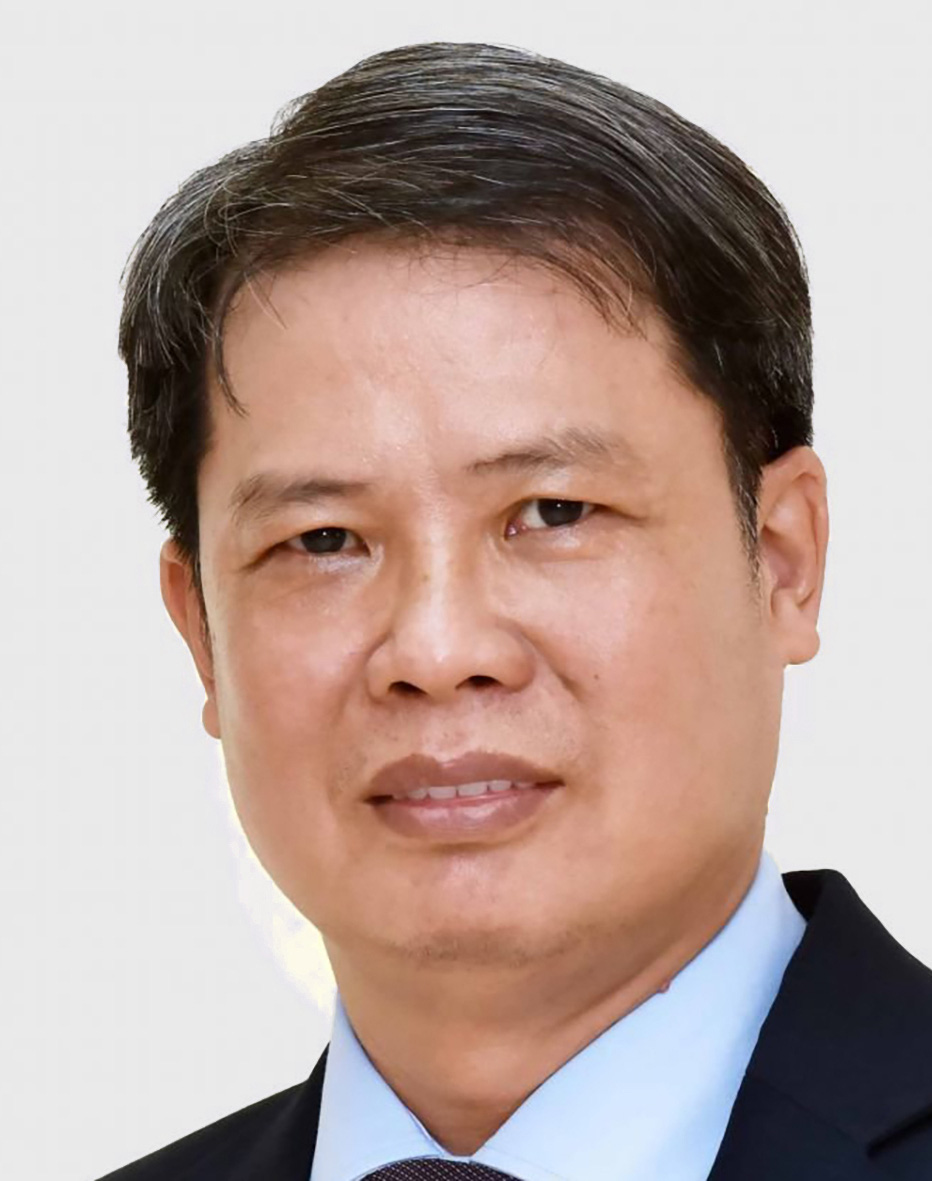
Associate Professor Do Van Dung
Medical training must meet many conditions such as the capacity and qualities of medical students, clinical experience, scientific level of lecturers, diverse practice facilities in terms of diseases and sufficient number of patients... However, currently some newly opened medical schools may not meet the standards.
Because of the need to increase enrollment to increase the revenue of newly opened schools, the capacity requirements of learners may be lowered. Many newly opened schools often do not have enough experienced and qualified lecturers, because experienced lecturers are often attached to universities that were established many years ago. Private universities also often do not have a network of lecturers connected to public hospitals to teach at public hospitals, so they often rely on doctors who have clinical experience but little teaching experience.
In addition, new medical schools often charge high tuition fees, causing the majority of students to come from well-off urban families, hindering the formation of a comprehensive educational environment. All of the above makes the quality of doctors graduating from new private schools likely to be of poor professional quality.
To solve this problem, it is necessary to have attention from the leaders of newly opened medical schools such as: partially overcoming the weakness in learning ability by adding admission standards to have students with good work ethics, passion for dedication and helping others; selecting lecturers who are experienced, have appropriate degrees and have good communication skills; investing in practice facilities for interns; granting full-course scholarships to poor students with excellent academic achievements, providing financial support and providing full-course study credit to students with good academic results.
However, the main responsibility lies with the State and management agencies to have a system of quality control of training facilities with stricter requirements before enrolling the first class of students in terms of lecturers, training programs, practice facilities and financial stability. After opening the school, it must be regularly and truly inspected. Build a fair medical practice license exam, accurately evaluate and based on the percentage of students with good results in this exam to continue or stop allowing training.
Mr. Nguyen Hoang Long (Director of Department of Science, Technology and Training - Ministry of Health):
Proposing quality assurance solutions
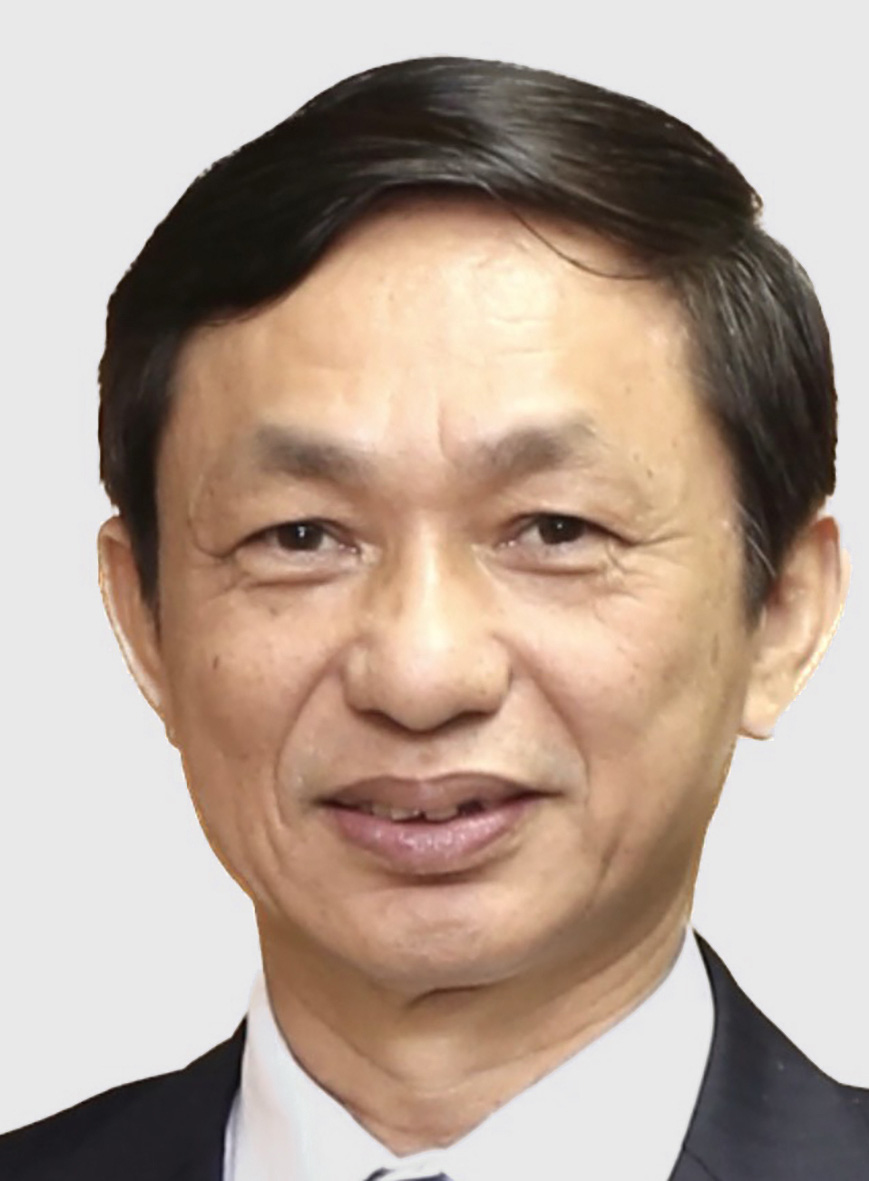
Mr. Nguyen Hoang Long
Currently, university-level training in the health sector is managed by the Ministry of Education and Training. Before applying to open a training program in the health sector, units will have to ask for opinions on whether there is a need for that sector or not? Second, are the practical conditions for developing the project guaranteed or not? The Ministry of Health will answer these two questions, the rest is managed by the Ministry of Education and Training from facilities, lecturers... In fact, currently, public and non-public training institutions open many faculties and training programs in the medical field. When opening a major, schools create a project with criteria to ensure full requirements, have lecturers, have training facilities... However, how the schools actually implement it is not easy to manage.
The department is also proposing solutions to ensure training quality. This includes evaluating program standards and output capacity standards for doctors directly involved in medical examination and treatment. Specifically, according to the provisions of a number of articles of the Law on Medical Examination and Treatment, after graduating from medical training, students must participate in professional practice at a qualified medical examination and treatment facility. The practice time depends on each position.
After that, they must take the professional competency assessment exam organized by the National Medical Council. This exam will be taken by doctors from 2027, and by other professional titles from 2028. Upon passing this exam, doctors will be granted a practice license and the scope of activities will be general medical examination and treatment. Currently, the Ministry of Health is assigning the Institute of Health Policy and Strategy to conduct a survey and assess the practice needs of specialist doctors at all levels of hospitals, from central to provincial levels. At that time, the Ministry of Health will have the expected numbers for specialist training nationwide.
Mr. Pham Van Thuy (38 years old, Dong Nai):
People will lose faith
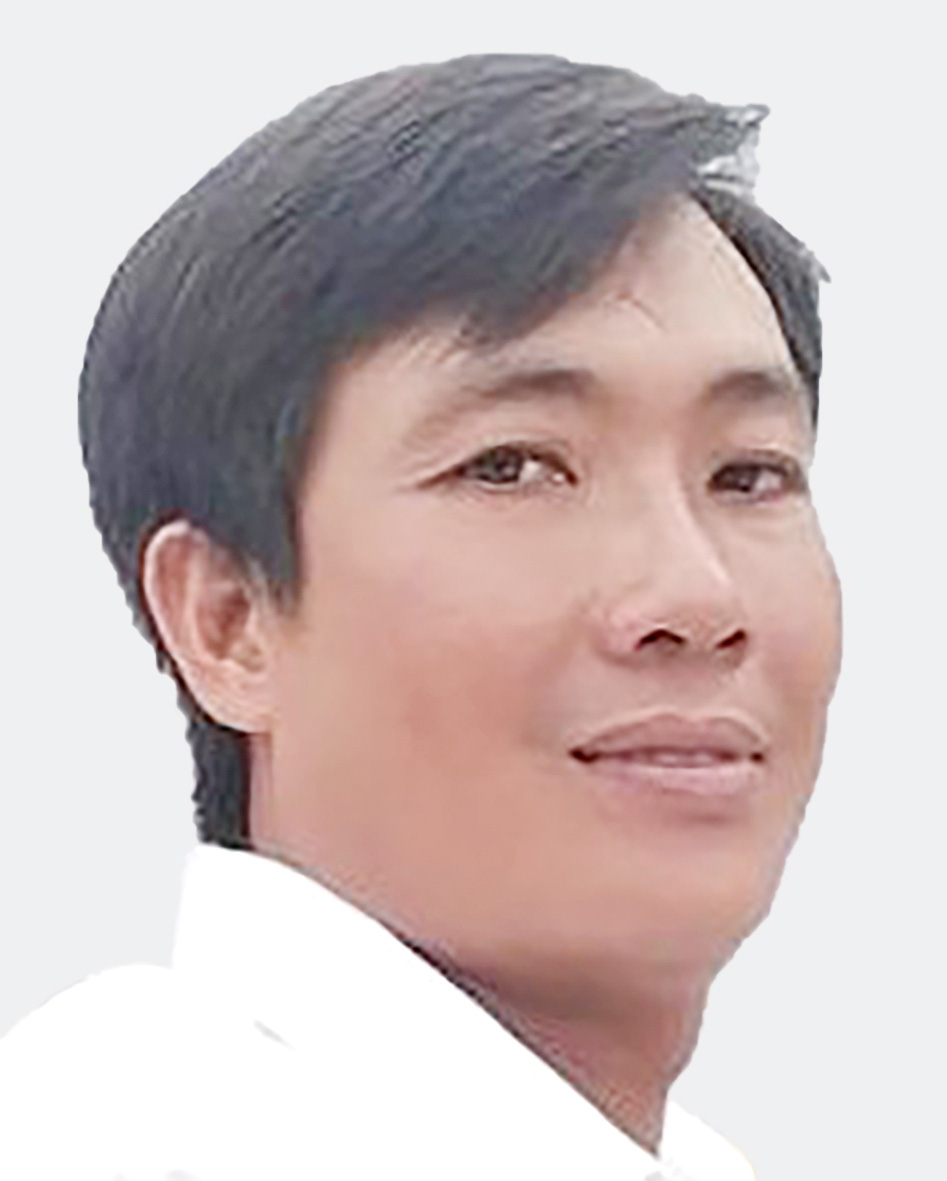
Mr. Pham Van Thuy
I went to see patients at some big hospitals and saw many medical students coming to practice. They divided into groups of 7-8 people to follow and observe an experienced doctor examining a patient. Because there were so many interns, most of the students just stood there watching the doctor examine the patient. The doctor also did not have time to explain the patient's condition properly. Patients also felt annoyed if the students repeatedly asked them about their condition.
Medical training is to train good doctors to serve the medical examination and treatment needs of the people. With high quality training, people will have confidence in doctors because they feel safe when visiting them. On the contrary, people will lose confidence and be afraid of newly graduated doctors visiting them.
Will strictly manage training lecturers and conditions for opening majors

Students of Ho Chi Minh City University of Medicine and Pharmacy in class - Photo: DUYEN PHAN
The Ministry of Health is submitting to the Government a draft decree on training specialists in the health sector. The draft has many strict regulations related to criteria for determining recruitment targets for specialists; and accreditation of training programs of training institutions.
Accordingly, the specialized degree in the health sector includes eight specialties: specialized doctors (in the fields of medicine, dentistry, traditional medicine, and preventive medicine); specialized pharmacists; specialized nurses; specialized midwives; specialized medical technicians; specialized clinical nutritionists; specialized clinical psychologists; specialized outpatient emergency care.
Specifically, the criteria for determining the enrollment quota of the training institution must be determined based on the needs of each industry and the health system. The maximum number of specialized students per full-time lecturer and guest lecturer according to qualifications, titles and professional suitability is used to calculate the enrollment quota of the training institution.
Training facilities must ensure adequate facilities, practice rooms, practice equipment, practice facilities, libraries, lecture halls, offices for lecturers, practice instructors and specialized students in accordance with the requirements of the industry and training program.
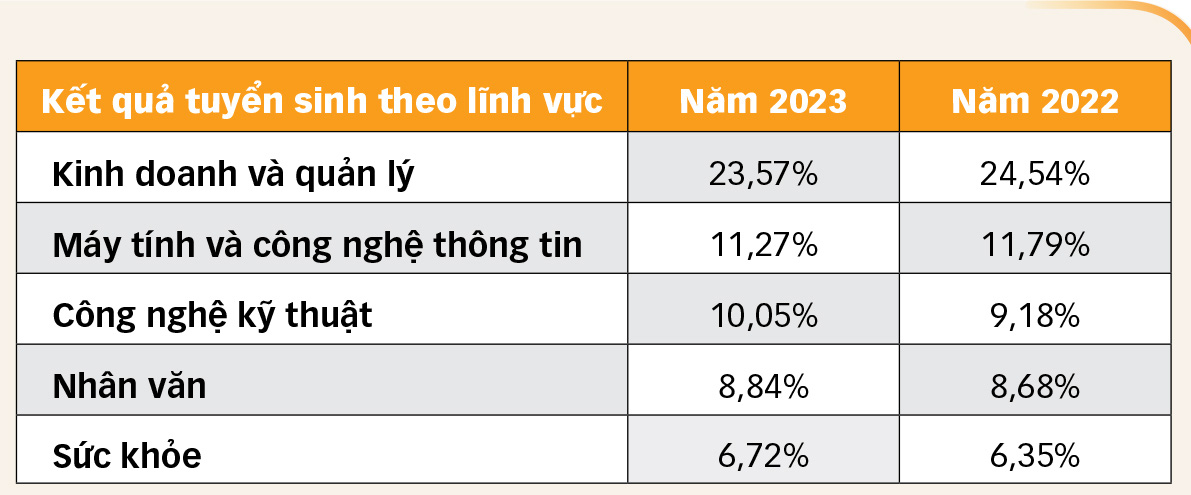
The health sector is in the top 5 in training enrollment according to statistics from the Ministry of Education and Training.
Each specialized instructor is counted to determine the quota for only one major at one training level and at one training institution. For training institutions to exercise full autonomy, there must be at least 40% of full-time specialized instructors of working age.
The draft also clearly states the regulations on quality assessment of specialized training. The objective of quality assessment of training is to ensure and improve training quality; confirm the level of meeting the objectives of the training institution or training program in each stage.
At the same time, it serves as a basis for training institutions to explain to competent authorities, relevant parties and society about the current status of training quality; as a basis for learners to choose training institutions and training programs; and for employers to select human resources.
In which, training institutions that do not conduct program accreditation according to the accreditation cycle or whose program accreditation results do not meet requirements must improve and enhance training quality, ensuring that learners meet the output standards of the training program.
After 2 years from the date the training quality assessment certificate expires or from the date the assessment results do not meet the requirements, if the program is not re-assessed or the re-assessment results still do not meet the requirements, the training institution must stop enrolling students for that training program and take measures to ensure the rights of learners, and report to the Ministry of Health and the Ministry of Education and Training according to regulations.
The approved draft is expected to help control the quality of current medical training, aiming to train health professionals close to those in developed countries around the world.
Source




![[Photo] "Beauties" participate in the parade rehearsal at Bien Hoa airport](https://vstatic.vietnam.vn/vietnam/resource/IMAGE/2025/4/11/155502af3384431e918de0e2e585d13a)


![[Photo] Looking back at the impressive moments of the Vietnamese rescue team in Myanmar](https://vstatic.vietnam.vn/vietnam/resource/IMAGE/2025/4/11/5623ca902a934e19b604c718265249d0)




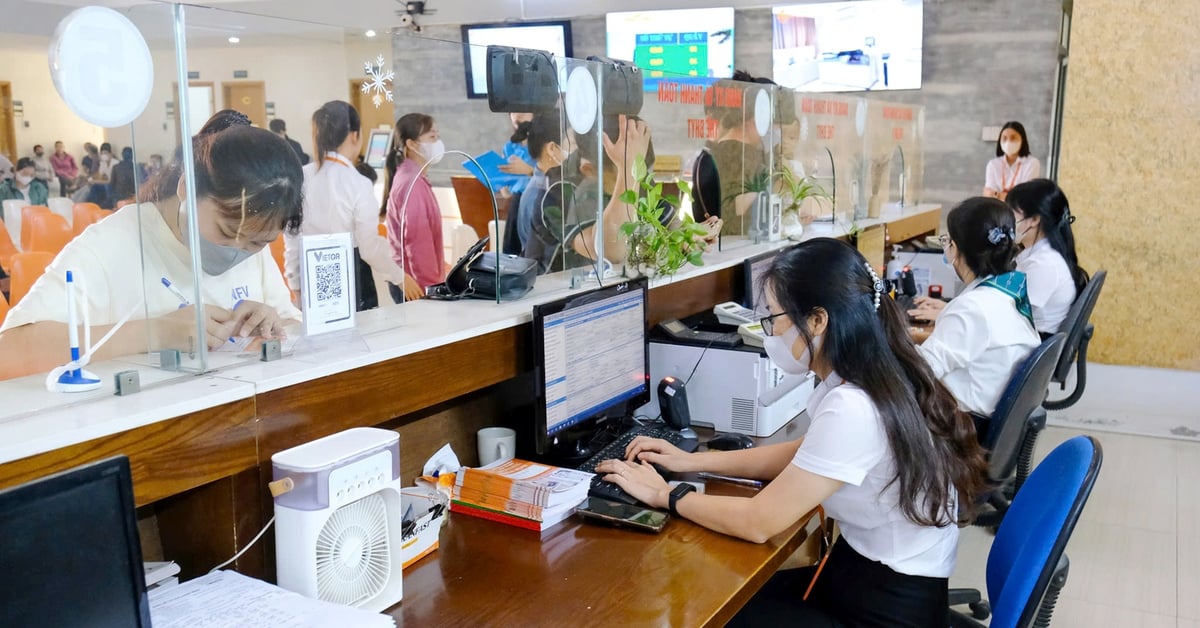

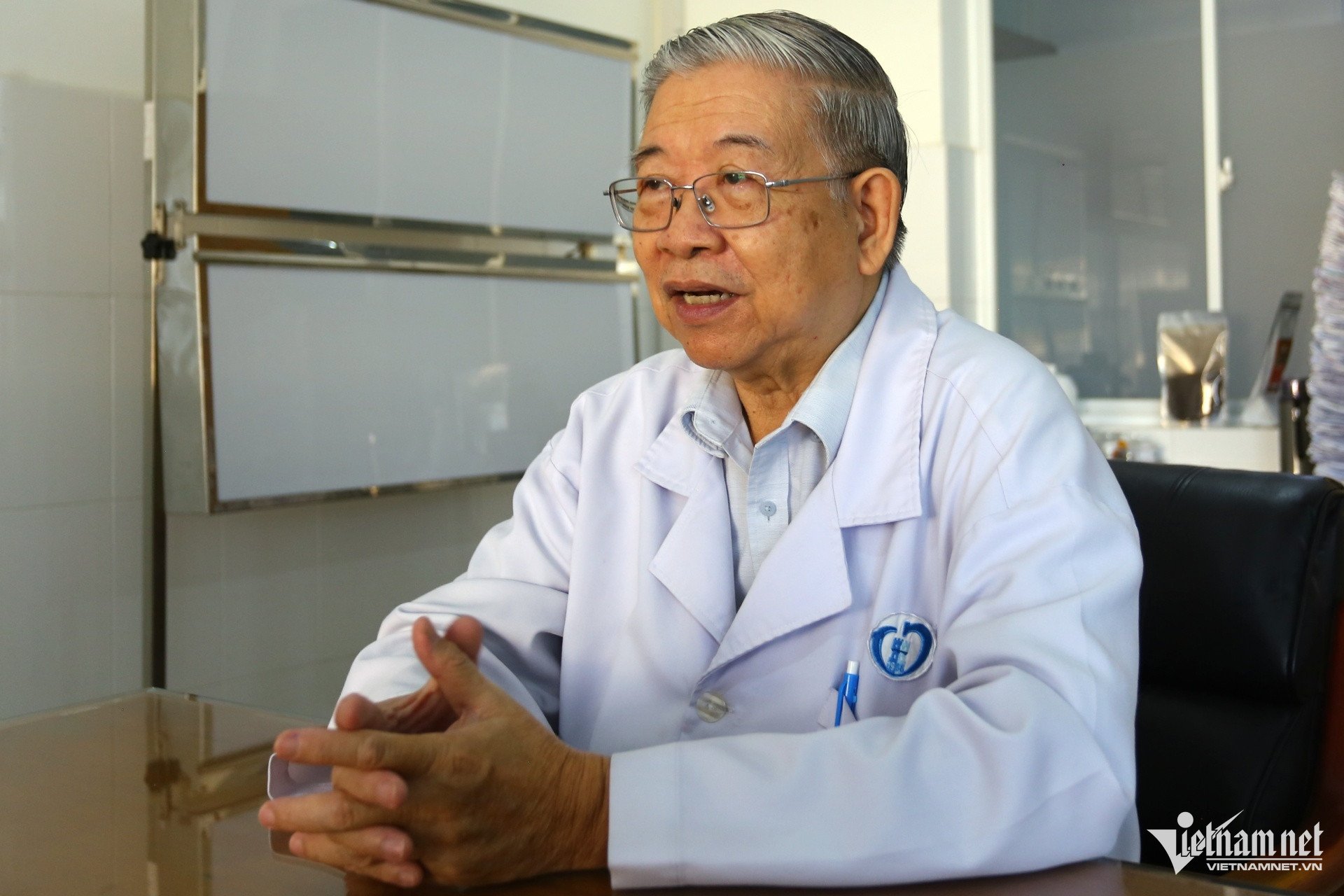

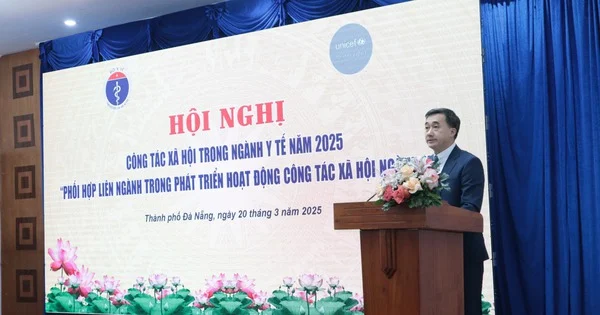

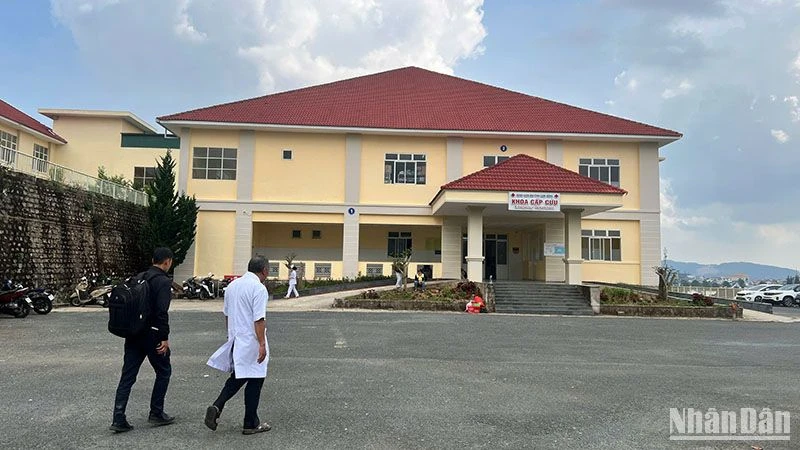


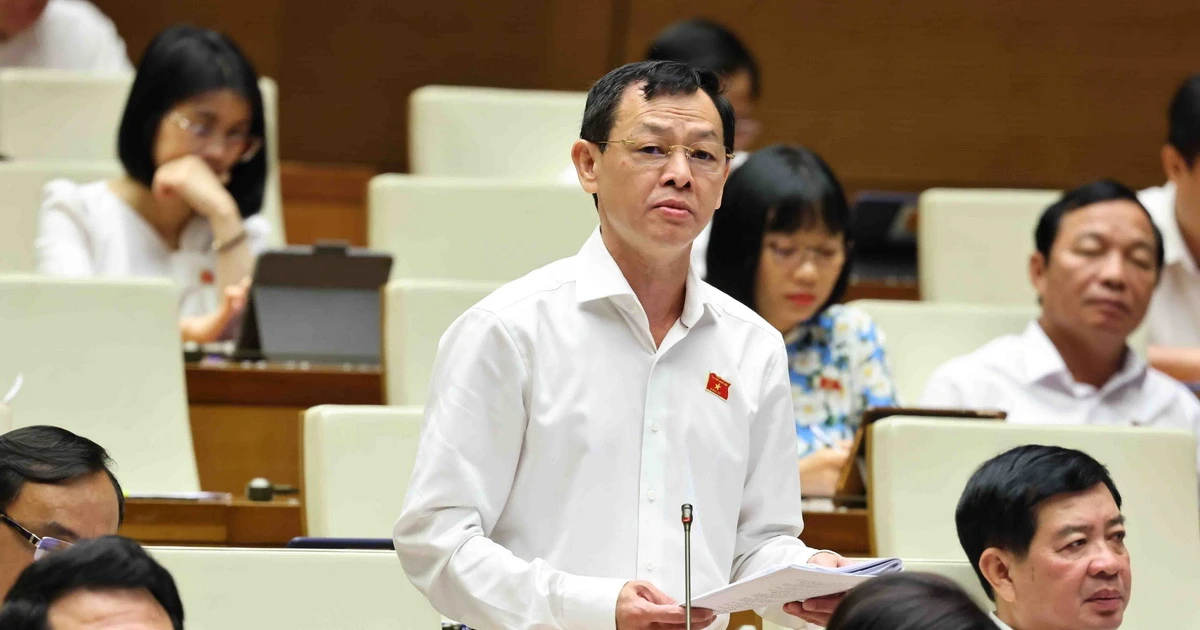
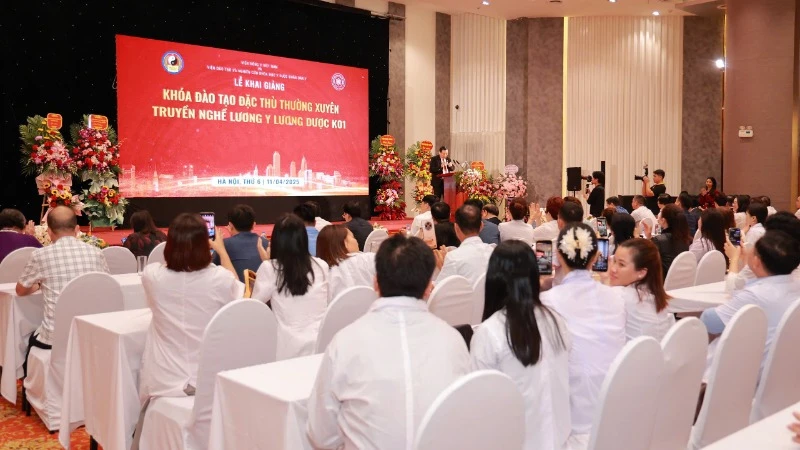







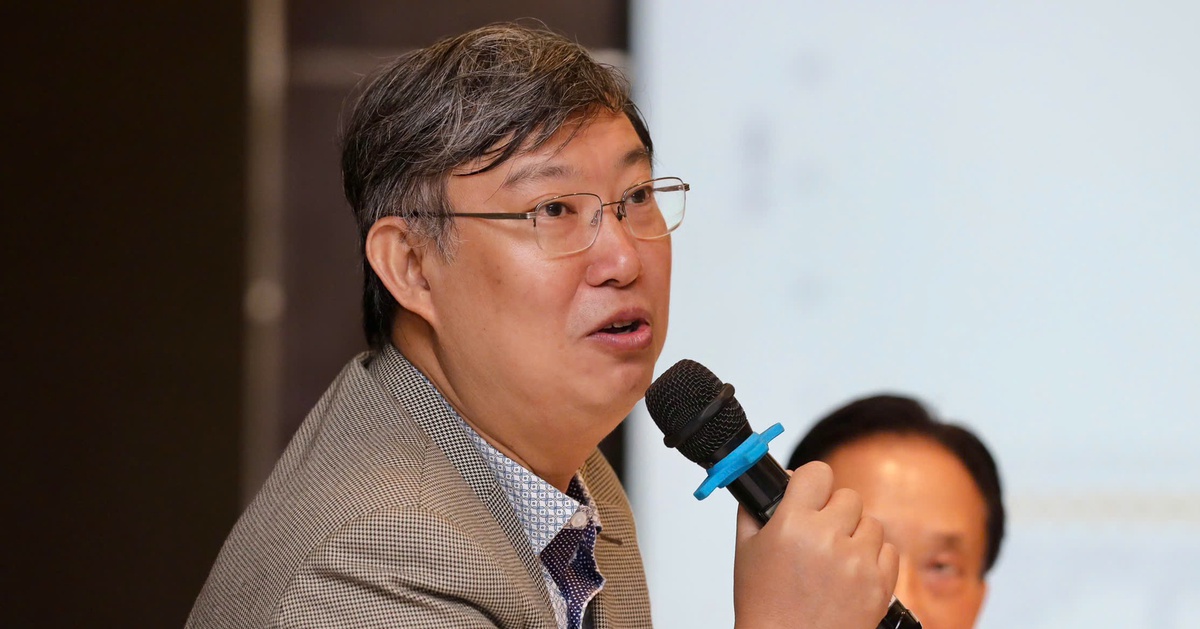
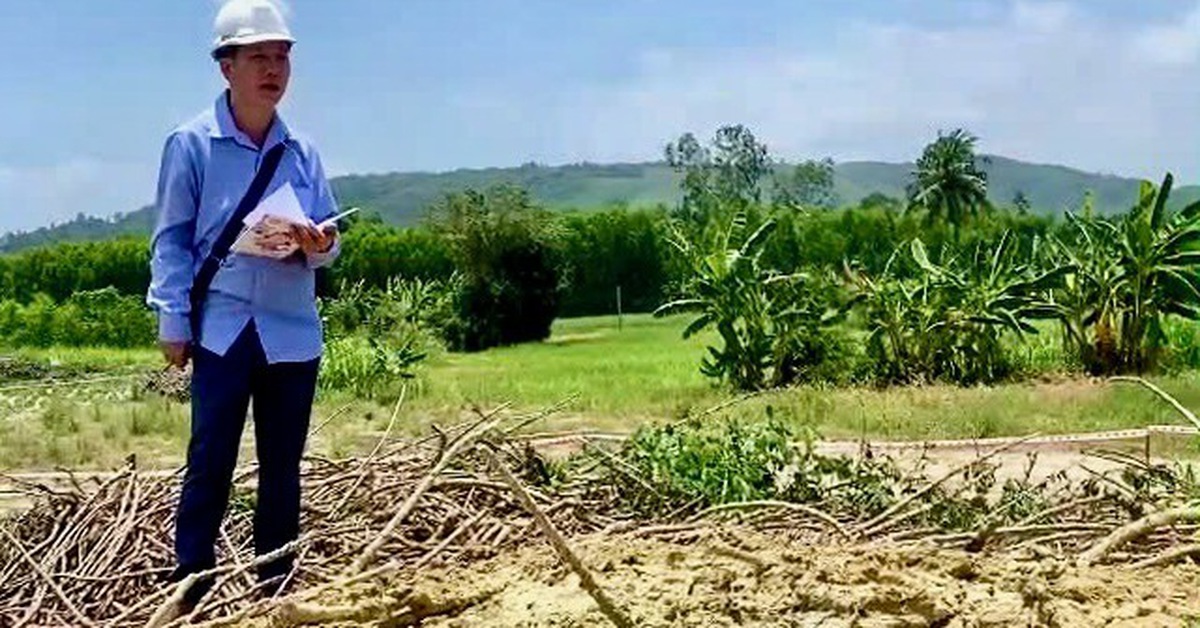

![[Photo] Summary of parade practice in preparation for the April 30th celebration](https://vstatic.vietnam.vn/vietnam/resource/IMAGE/2025/4/11/78cfee0f2cc045b387ff1a4362b5950f)









































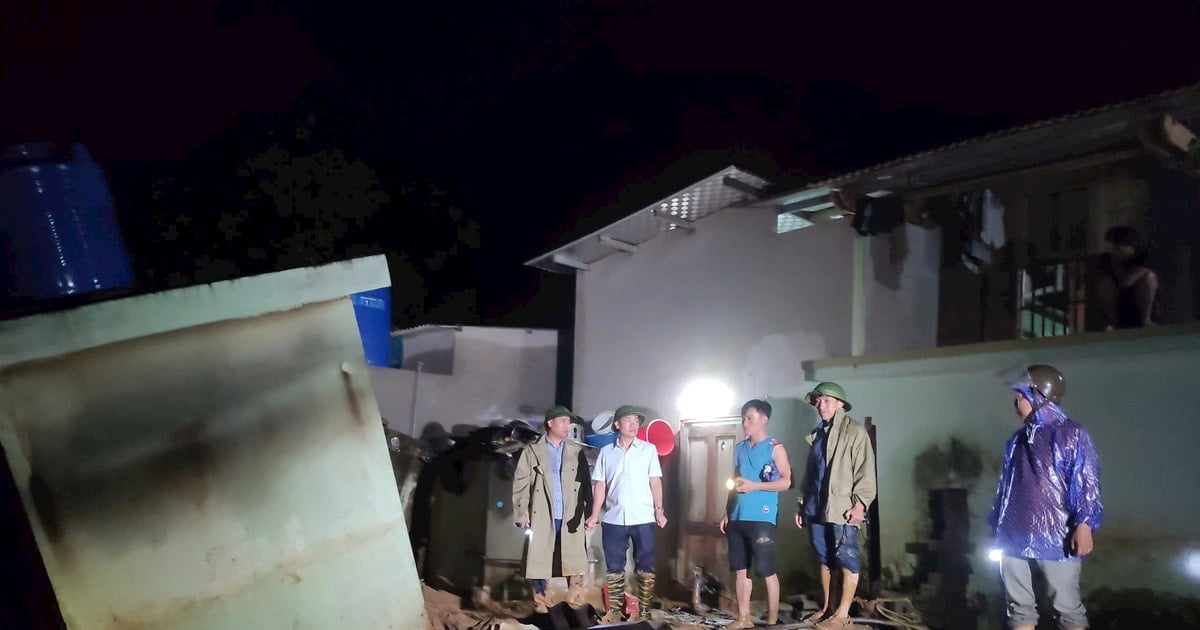




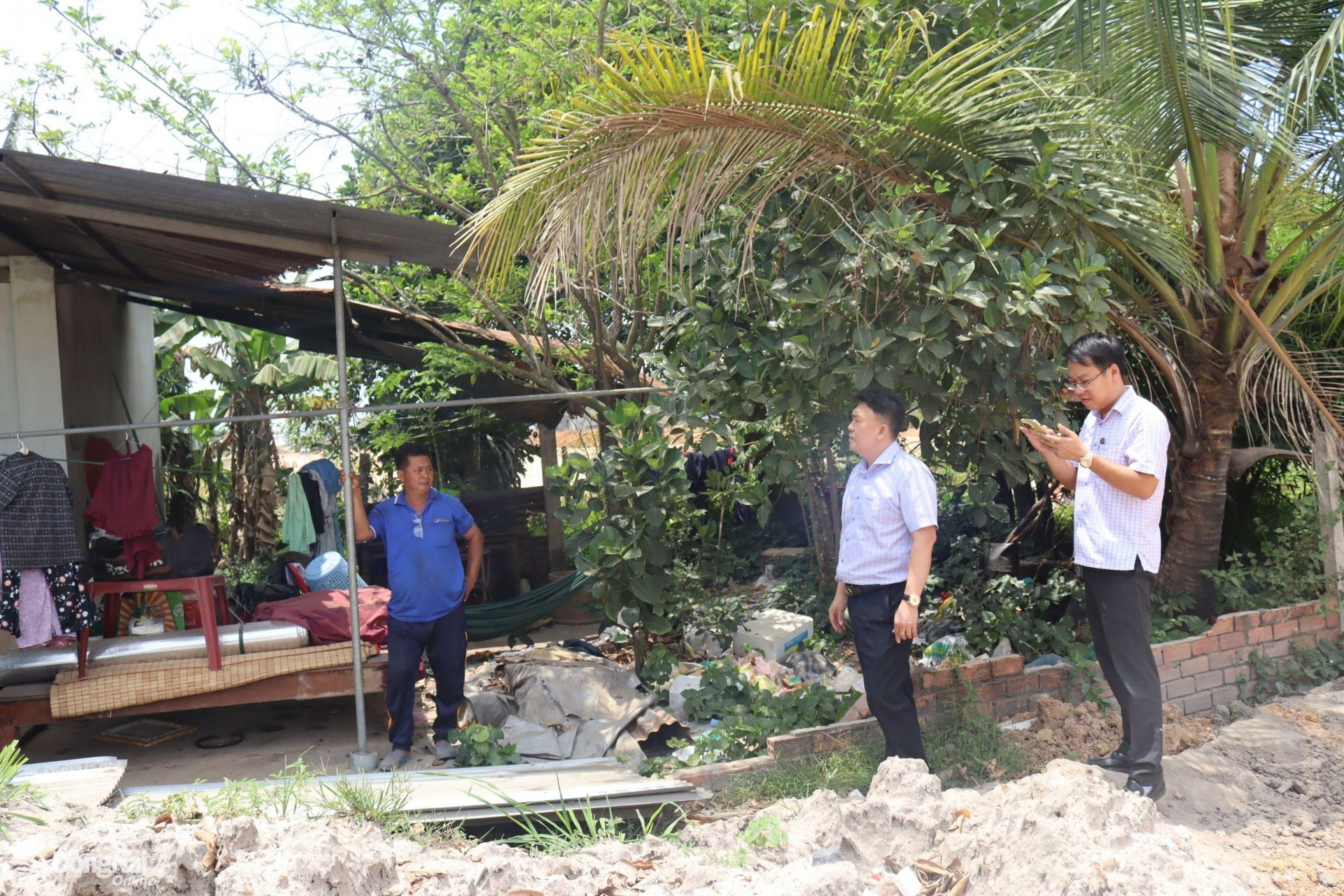













Comment (0)